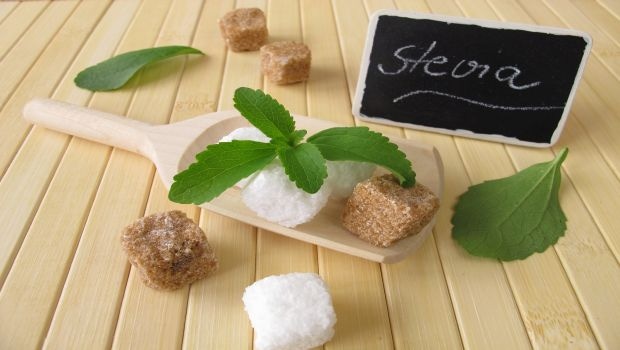Increasing demand for alternatives to synthetic or artificial sweeteners due to health concerns, coupled with rising demand for plant-based sweeteners is projected to fuel growth of the global stevia market to an estimated $565 million by 2020.
February 20, 2015

Increasing demand for alternatives to synthetic or artificial sweeteners due to health concerns, coupled with rising demand for plant-based sweeteners is projected to fuel growth of the global stevia market to an estimated $565 million by 2020.
According to the “Global Stevia Market—Market Analysis and Opportunity Assessment, 2014-2020" report from Future Market Insights (FMI), London, stevia extracts are finding increasing application in dairy, bakery, soft drinks and juices, ice creams and other products thanks to its high-intensity natural sweetness properties. The report predicts share of the stevia market to account for around 15-percent of the overall sweetener market by 2020.
As the proposed labeling of “added sugar" nears, food manufacturers are re-evaluating sweetener system design for their products. The vast array of replacement options, combined with the requirement to maintain the same sensory profile, throughput and ease of processing, makes reformulation extremely challenging. A diverse set of ingredient suppliers are up to the challenge through using aggressive, iterative and innovative systems approaches to sweetener replacement.
Stevia refers to compounds from the stevia plant, Stevia rebaudiana Bertoni. There are at least 10 steviol glycosides found in the stevia leaf. These differ in molecular structure, sweetening level and taste. The major sweetening glycosides are stevioside and rebaudioside A (“reb A"). In the stevia market, there is a wide range of different purity levels and glycosides available. It is important to note that each different glycoside has different performance properties including sweetness intensity, bitterness and solubility.
It is important to note that every food and beverage application is unique and requires a unique stevia solution. The right stevia solution will depend on the application, calorie-reduction goal, pH, and flavor systems for the product being developed.
Stevia is very stable through normal food process and storage conditions in a wide range of applications; however, the addition of certain ingredients can impact the sweetness profile. Altering the acid levels and types can impact sweetness lingering and intensity of stevia. For example, small amounts of citric acid can be used to boost up front sweetness, while malic acid can be used to round out sweetness profiles. Salts can be used to reduce bitter lingering, and texturing agents/hydrocolloids can be used to modify sweetness and flavor release.
To find out more about more about how food manufacturers are re-evaluating sweetener system design for their products, download the free report, “Designing a Sweetener System" from Food Product Design’s FoodTech Toolbox.
You May Also Like




.png?width=800&auto=webp&quality=80&disable=upscale)